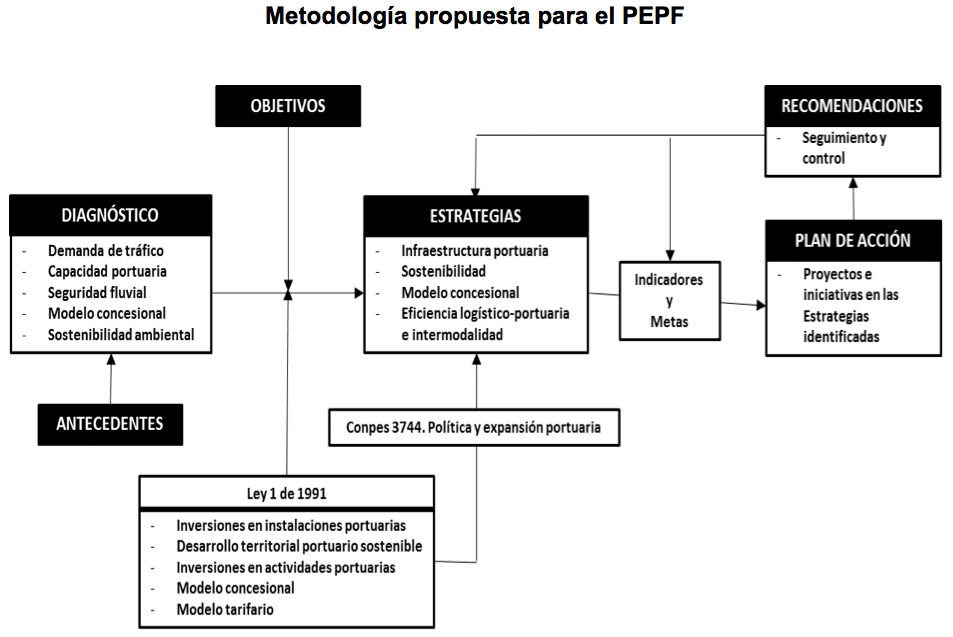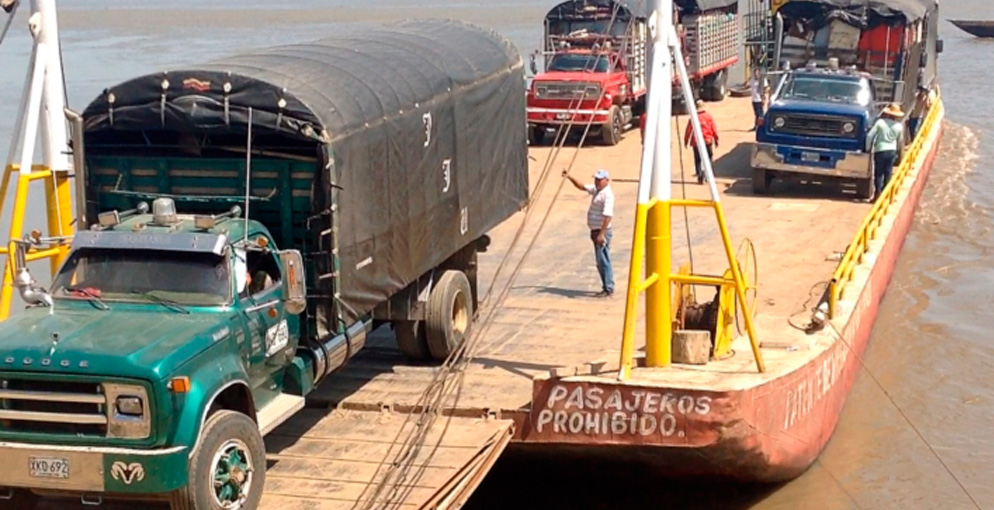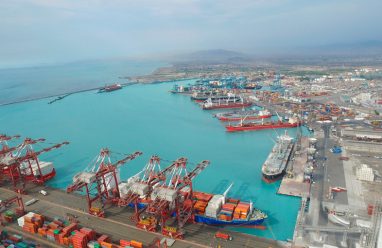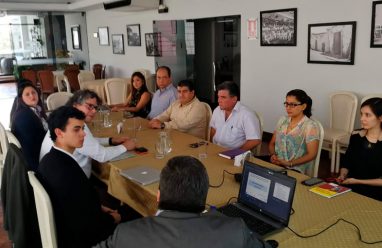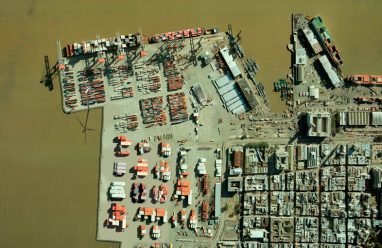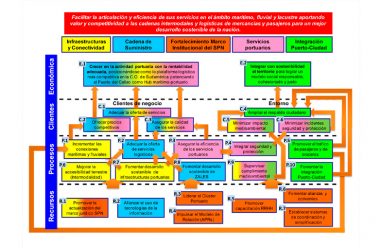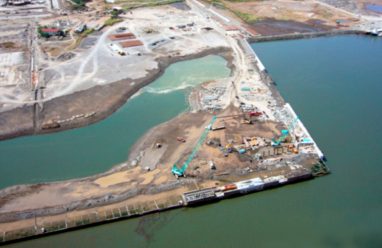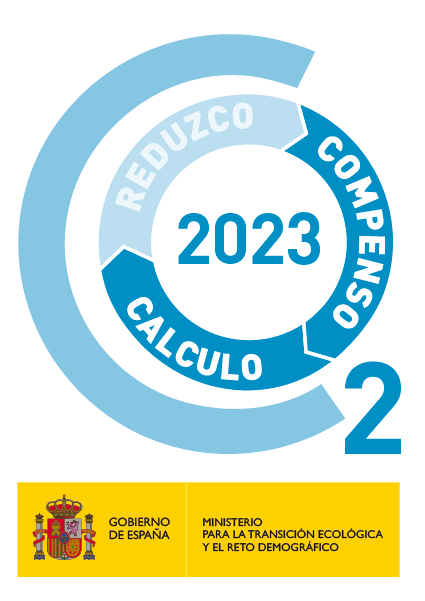The objective of the project is to combine technical, administrative and financial efforts to produce the river action plan and river port expansion plan. This includes the development of a model for managing river port concessions as well as other, non-port uses, and other means of using public property on the river for transportation purposes. All of the above forms part of the Cormagdalena 2016-2018 action plan.
The project yielded the following results:
- Drafting of the River Action Plan (PAF by its initials in Spanish) and River Port Expansion Plan (PEPF in Spanish), which were developed using a participatory methodology involving the whole cluster linked to activity based on the Magdalena River. The strategic management tool, the Balanced Scorecard, was employed to this end. This approach helped produce better results in terms of synergies with the projects developed by Cormagdalena.
- A Tariff Study (river toll) carried out in accordance with CONPES 3758, which calls for a tariff study framed within the public intermodal policy, as well as a tariff that helps reduce the corresponding fiscal effort.
- As part of the PEPF and the PAF, there will be a technical, administrative and financial survey of the current application of the methodology for calculating the remuneration paid to each of the concessions granted by CORMAGDALENA that are currently in effect. In addition, there will be an analysis of the criteria for applying the related formulas, mapping out guidelines and recommendations to standardize the criteria.
- Progress on the administrative, legal, technical and financial processes required to carry out a revenue projection for tariffs and remuneration, and perform a comparative analysis of how charges are levied in other countries for the right to use public property on the river for non-port purposes and the right to use the river for transportation purposes. With respect to all of the above, the aim was to work collaboratively to develop a methodology for collecting payment that is simple, objective, clear and effective.
- Definition and implementation of a knowledge-transfer mechanism through face-to-face and online training for selected personnel from the Corporation, other national/territorial entities that require such training under the agreement, and, where applicable, representatives from the cluster.
In the last quarter of 2015, the government presented the Master Plan for Intermodal Transport (PMTI), which is part of the National Development Plan (PND) 2014-2018. Feeding into the former were the Strategic Plan for Intermodal Transportation Infrastructure (PEIIT) and Master River Plan (PMF), with Rail, Air, and Logistics Plans still to be developed.
The River Action Plan (PAF) and River Port Expansion Plan (PEPF)—the preparation of which form part of the partnership agreement—are connected to the abovementioned instruments as shown in the following diagram.
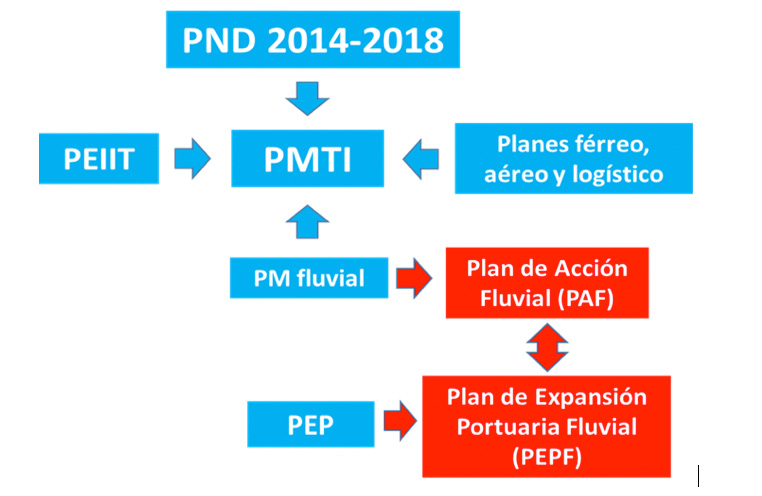
Linkage of plans relating to the PND and PMTI
The Action Plan should arise from the corresponding strategic planning and management exercise that involves setting strategic objectives
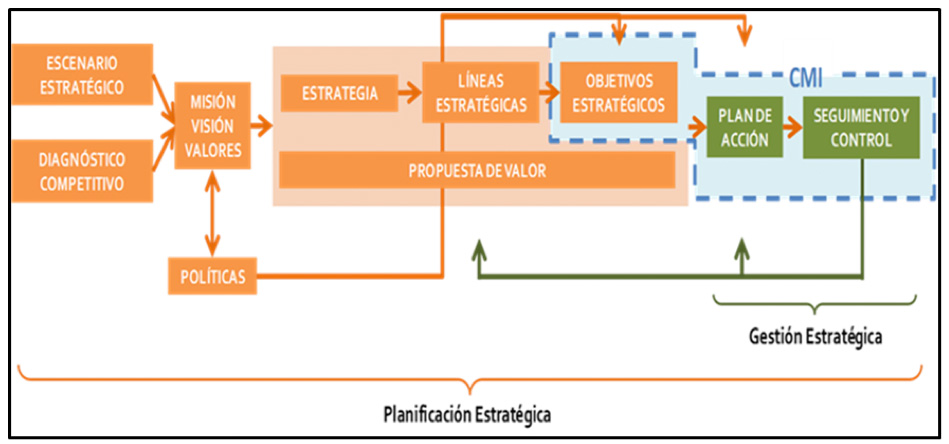
Embed the Action Plan into a strategic management model based on the Balanced Scorecard.
The consensus methodology ensures that both the PAF and the PEPF are developed using a participatory process involving the whole cluster linked to the activity on the Magdalena River. Furthermore, the use of the strategic management tool known as the Balanced Scorecard is suggested. This tool facilitates the realization of the strategic objectives, and uses indicators to evaluate the progress made on the targets while carrying out the projects that constitute the corresponding plan of action. The process for the PEPF is depicted in the following diagram.
